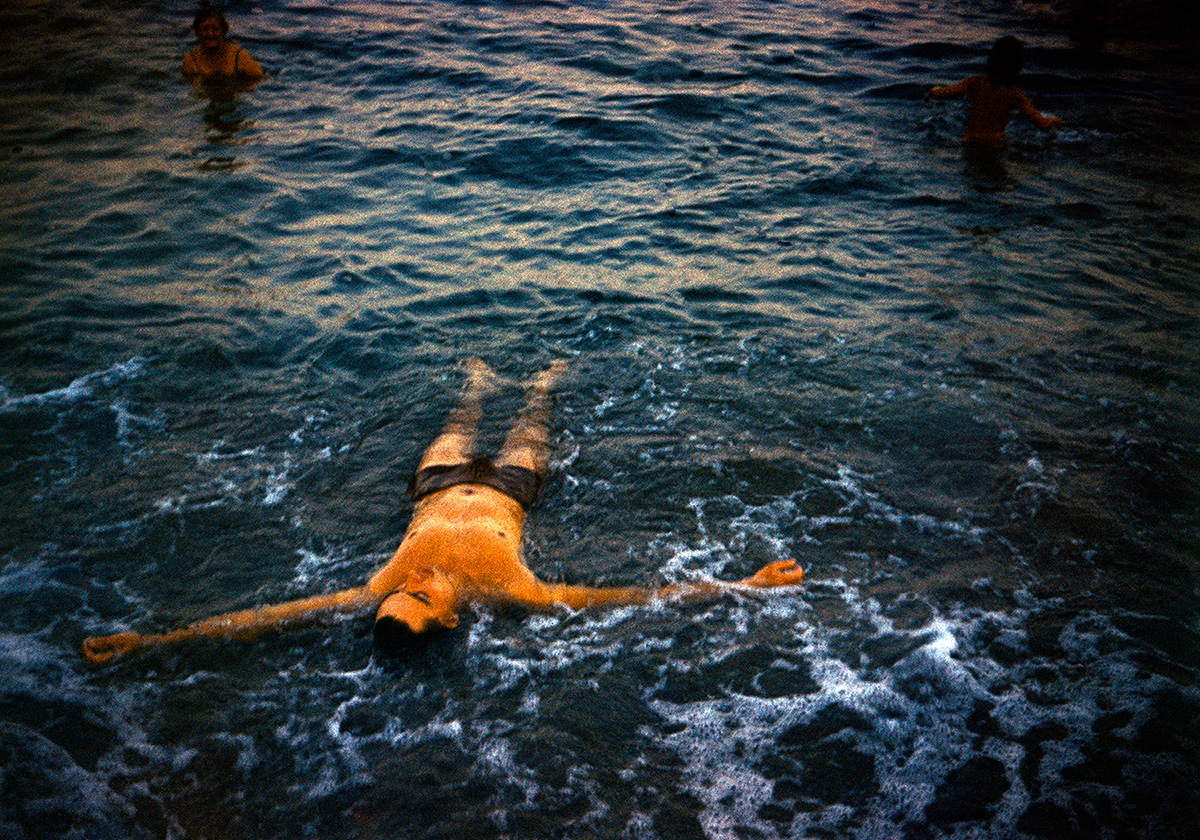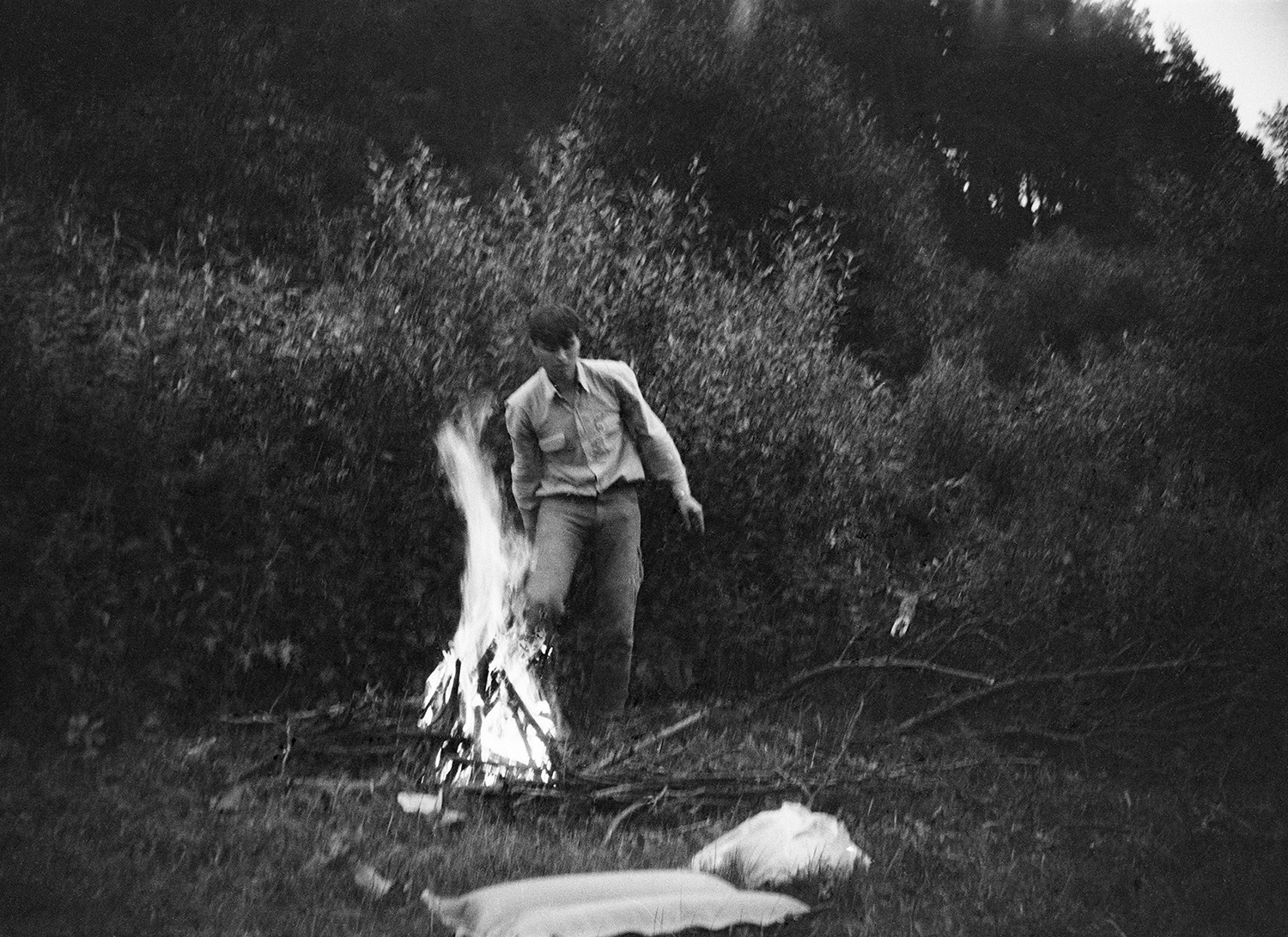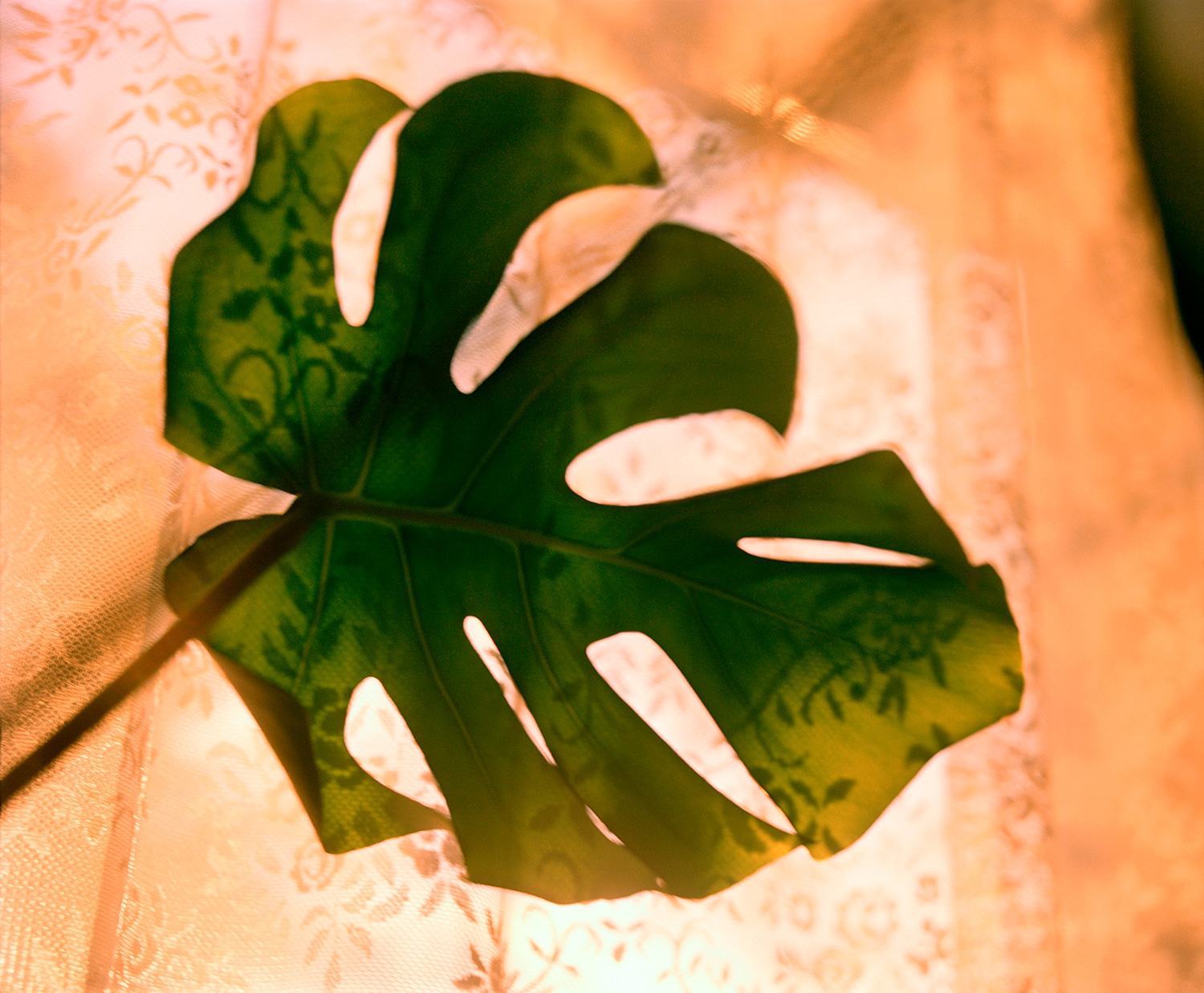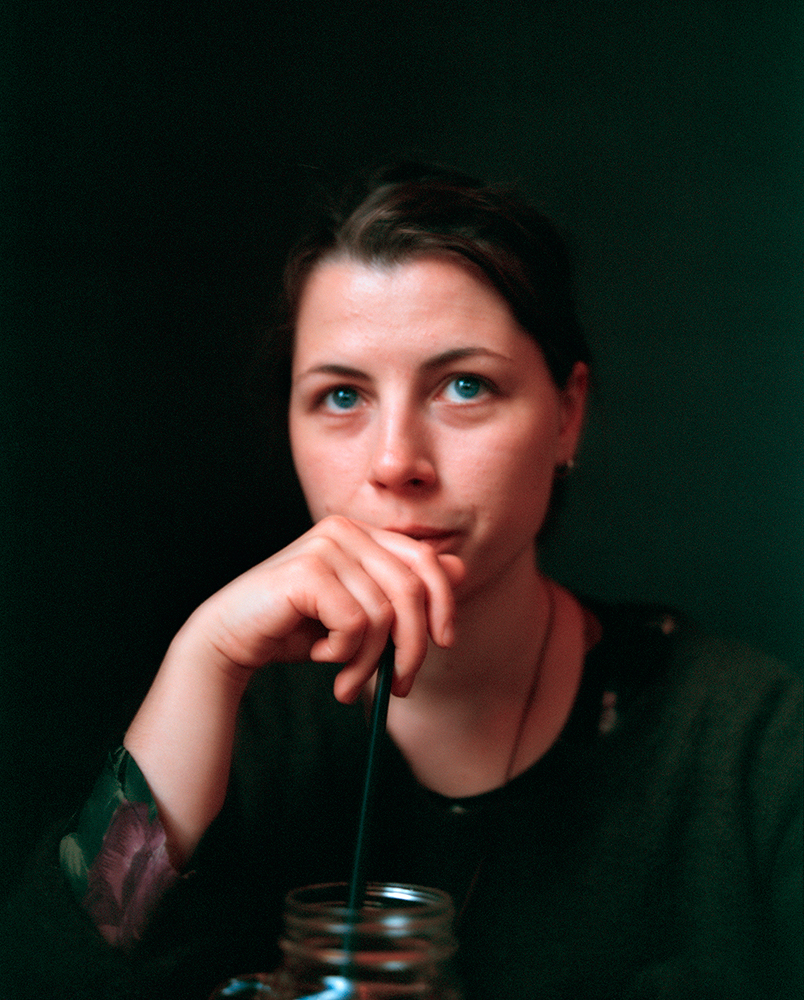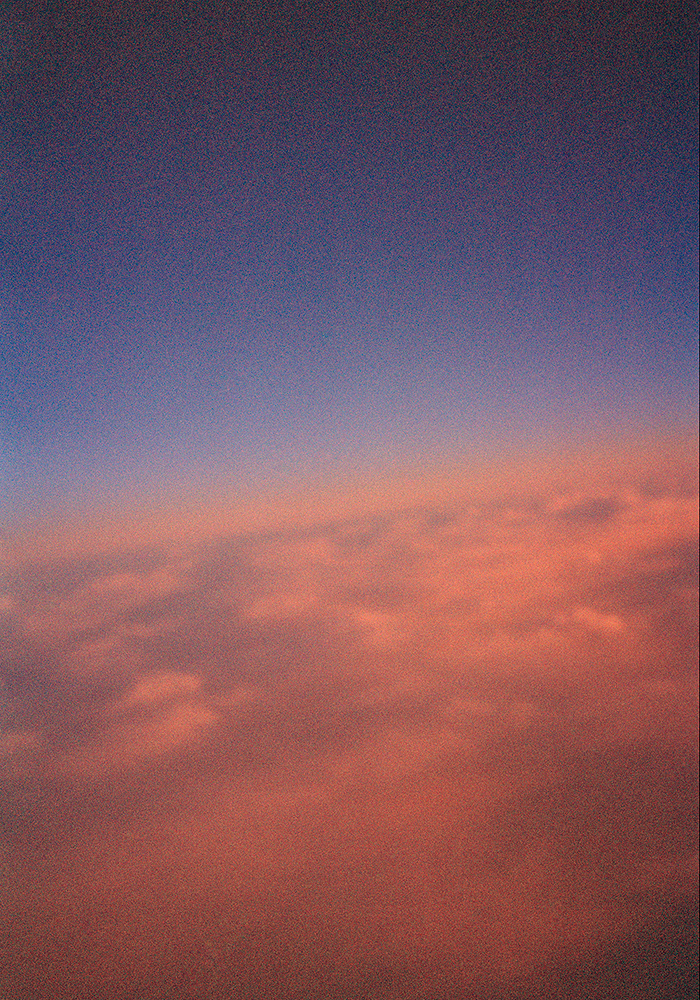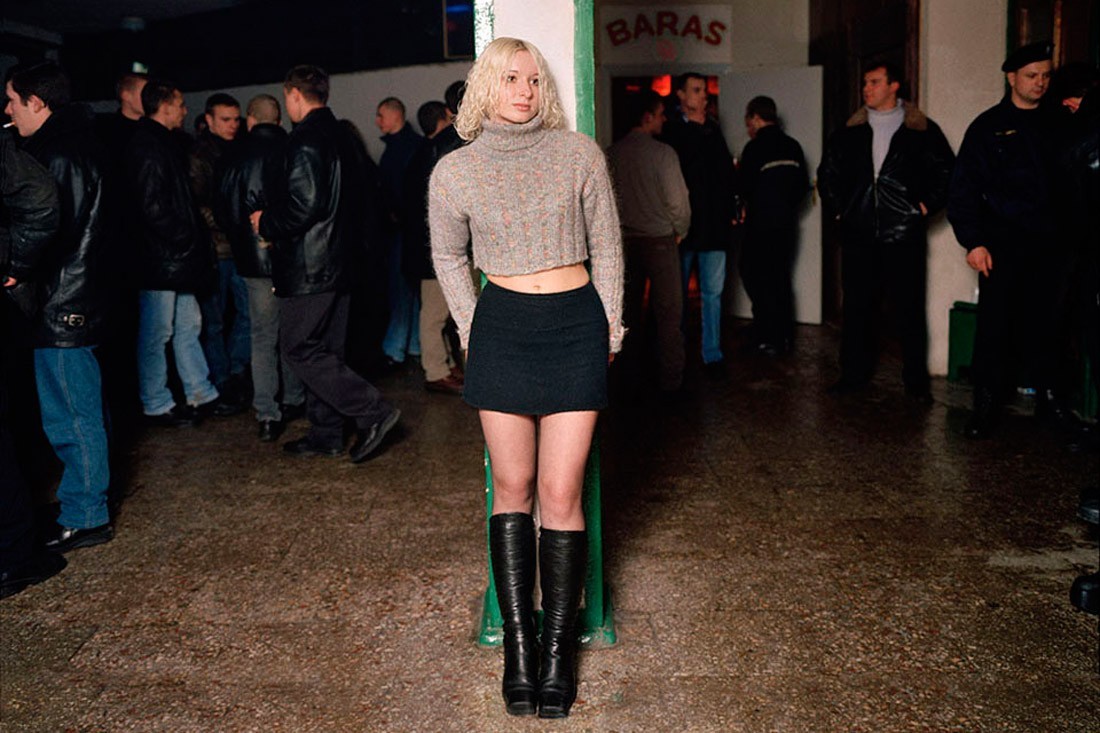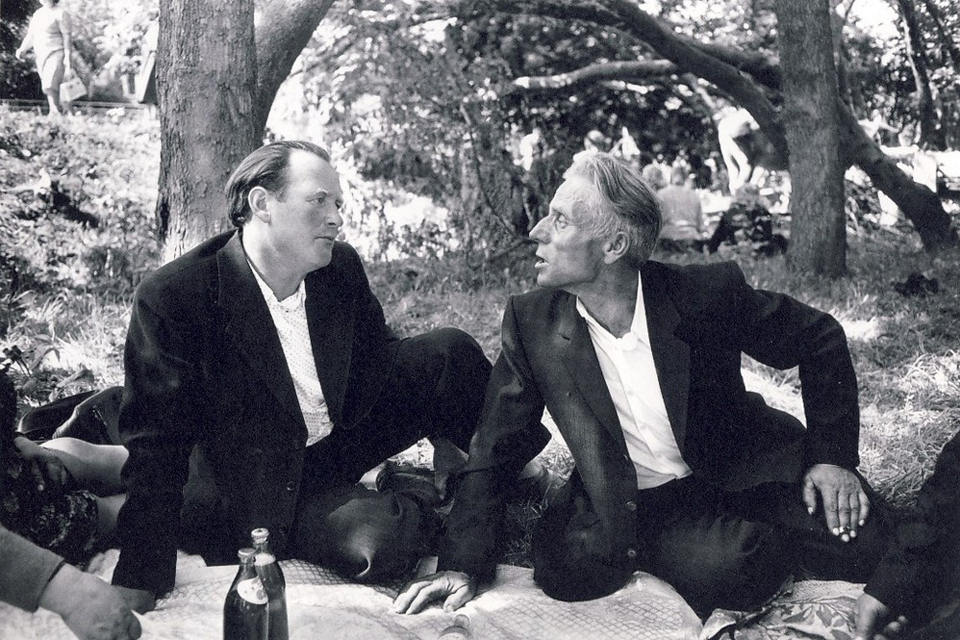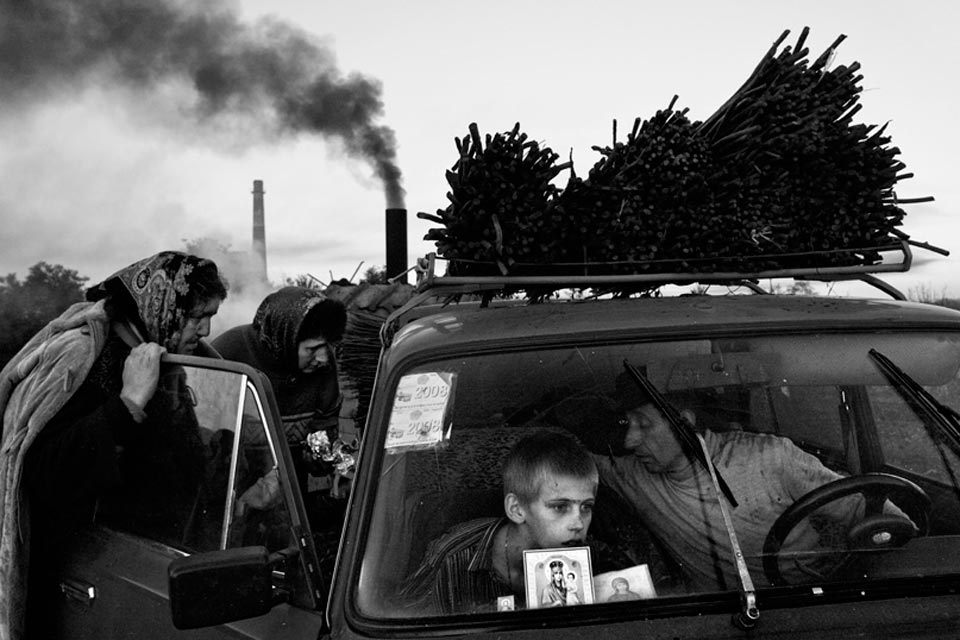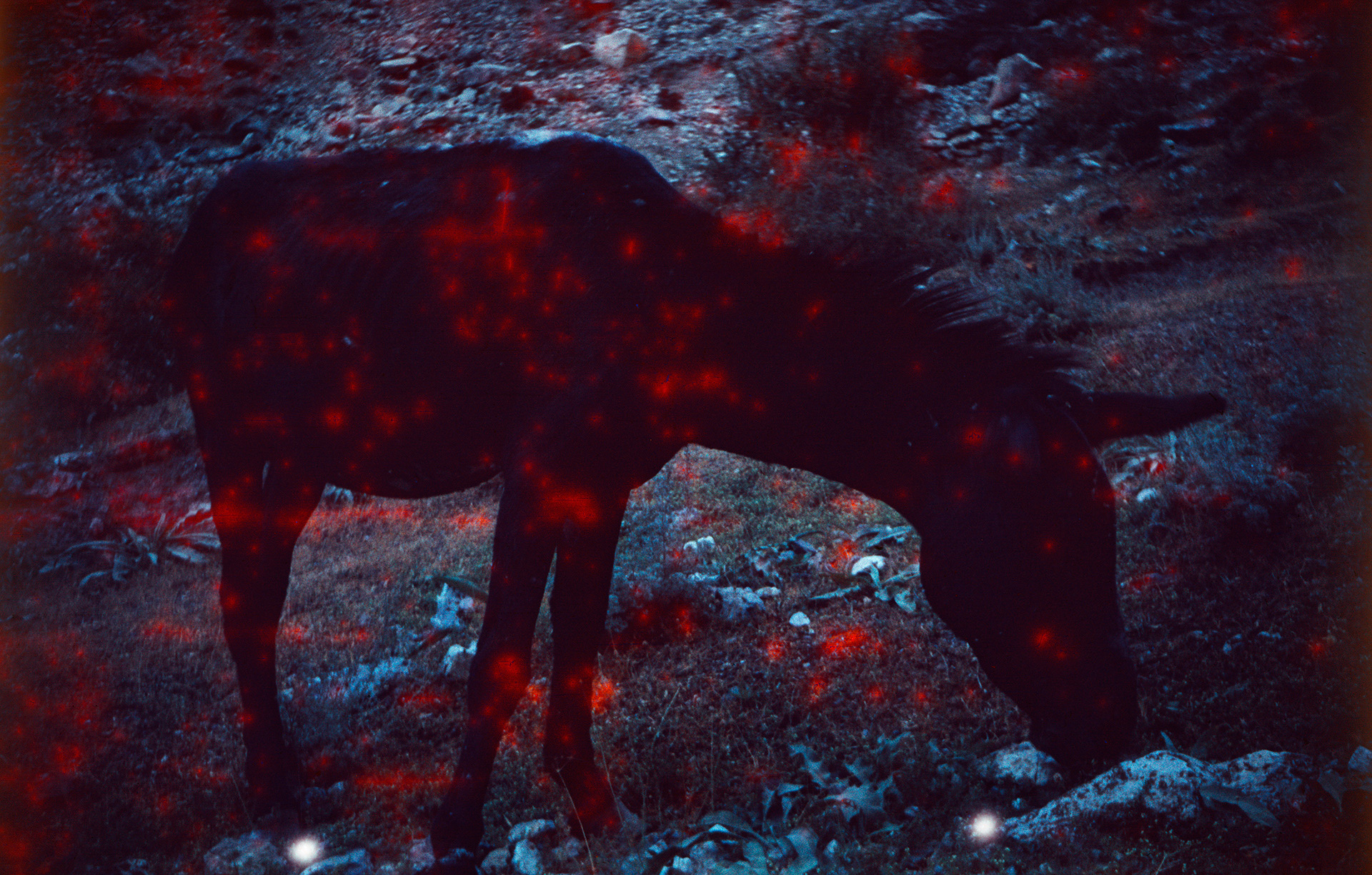
Portfolio: Kotryna Ula Kiliulyte
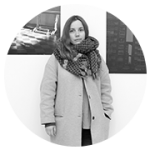
Glasgow-based Lithuanian artist. She studied at the Vilnius Academy of Fine Art and the Glasgow School of Art. Her work was exhibited in Italy, Latvia, and Great Britain. She received several grants in Lithuania and Scotland. Her work has been featured in Calvert Journal, BBC in Pictures, Stereoscope Magazine, Scottish Society for the History of Photography website.
I started photography when I was a teenager studying in secondary school with a big emphasis on the arts. My art classes happened daily, lasting a couple of hours and it made my school a six day a week school (this explains why I am a workaholic). I specialized in sculpture, and through being introduced to contemporary art, installation and video art I tried photography for the first time when I was 15-16. I took evening classes where I learned to process films and make prints in a darkroom. At the time I didn’t even own a camera, so I borrowed my uncle’s old 35mm Kiev.
Photography provided yet another way of communicating ideas, as well as helped me get through my teenage years. By photographing the world around me (and it was really simple things like friends, walks, some experiments in the studio) I was figuring out what it meant to be me and what this world was like. At the age of 20 I moved to Scotland to study at the Glasgow School of Art. The challenge of a new start, new culture, environment, people and customs was made easier by turning my camera onto it all. I saw myself as a movie character doing all these strange things, pulled out of my usual home and placed somewhere random to perform a part. Photography helped me figure out what this part was, and what happens to it when I’m not on set. I suppose I am still doing it 10 years later.
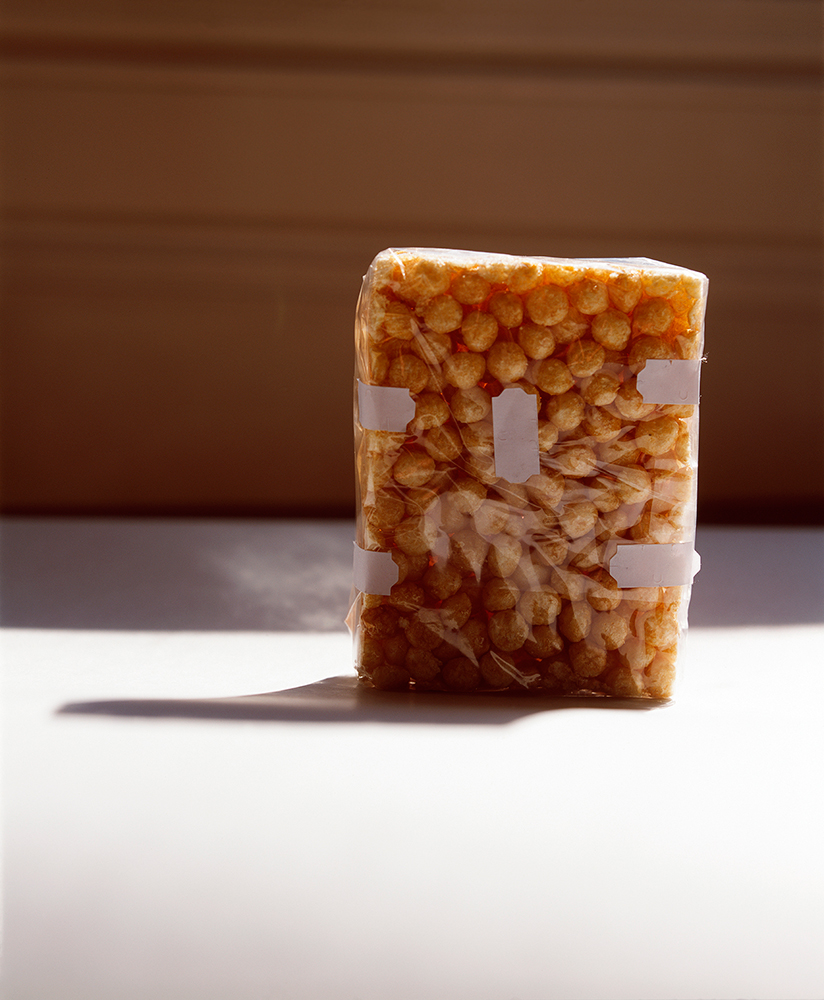
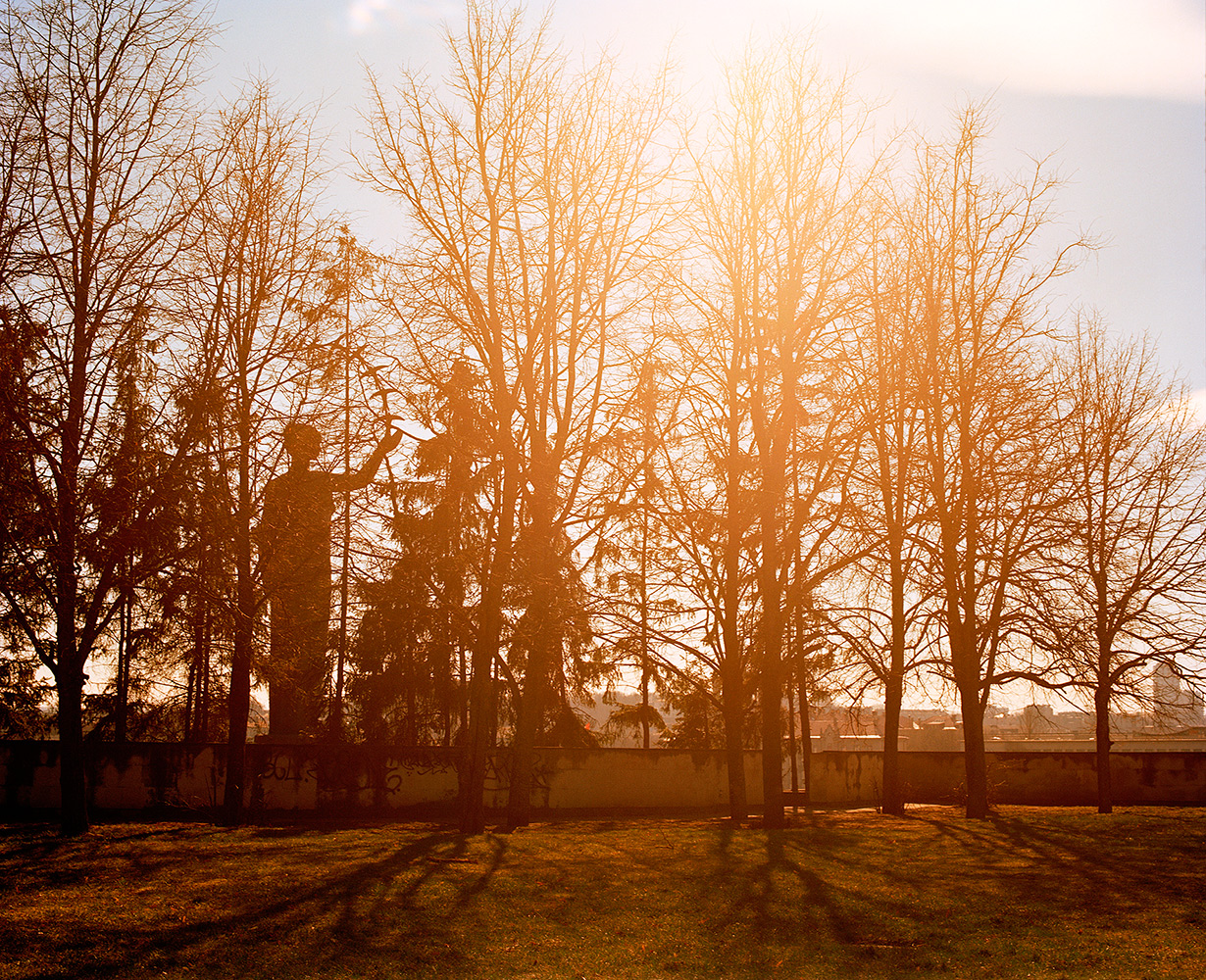
It is hard to say what I would never shoot. It really depends on what work I am making, or what commissions I’m working on. I would not rule anything out, but in the near future I cannot imagine turning the camera onto myself. I appreciate some existing performative works, where artist or photographer appears in front of the camera, but can not see myself doing that. I don’t even take selfies on my phone!
I like making pictures of nearly everything. My approach is not centered around what’s in the picture, but rather the overall concept of the series. For example, my latest exhibition at Street Level Photoworks features portraits, interiors, cityscapes, as well as archival photographs made by my father, light-box installation made from Baltic Sea amber and a sound piece. All these elements come together to speak of what Amber Room is about.
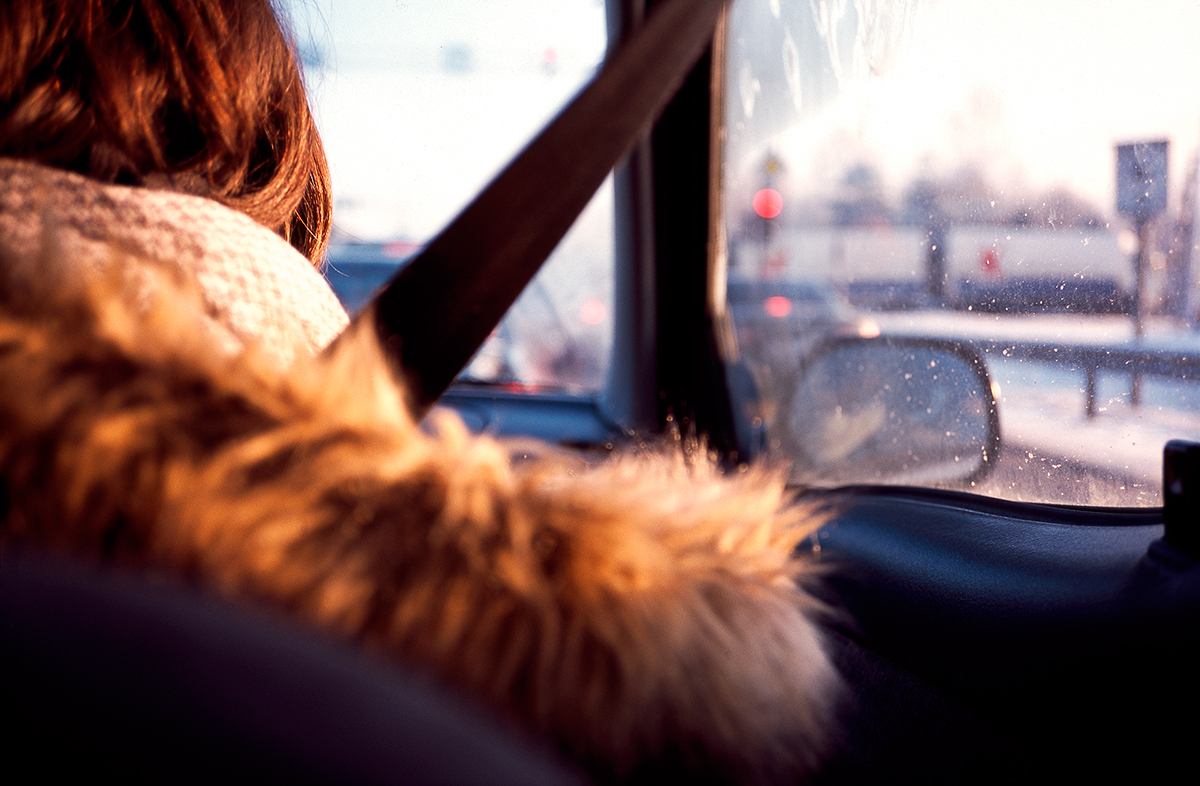
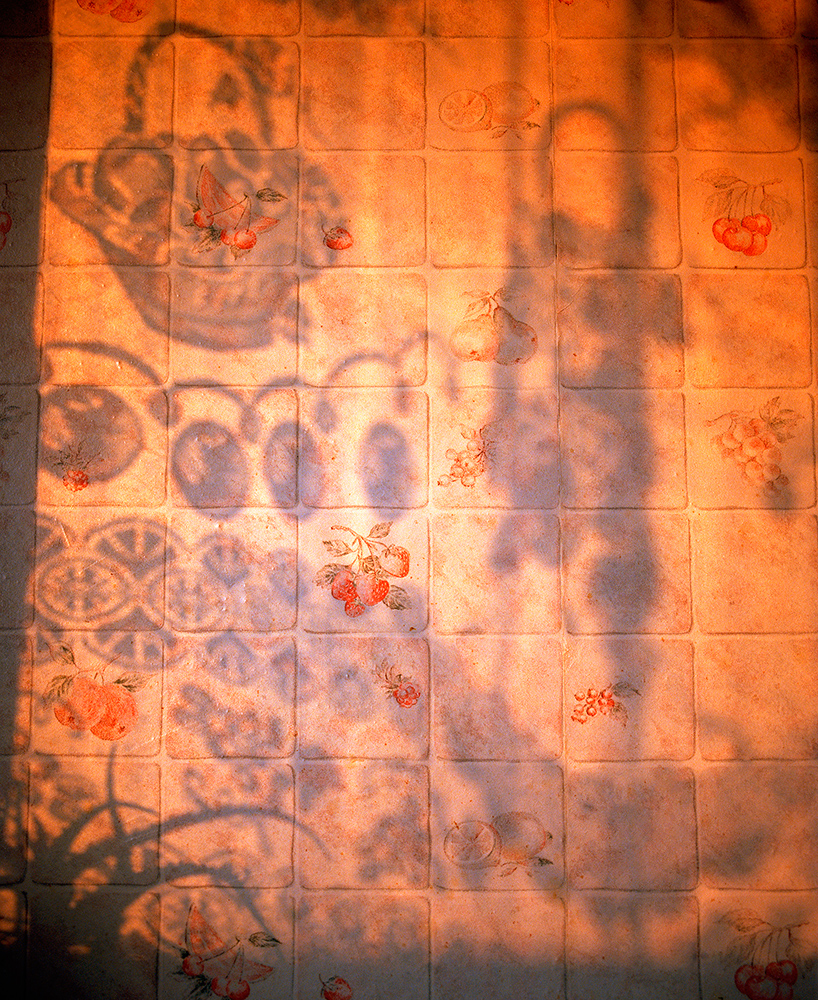
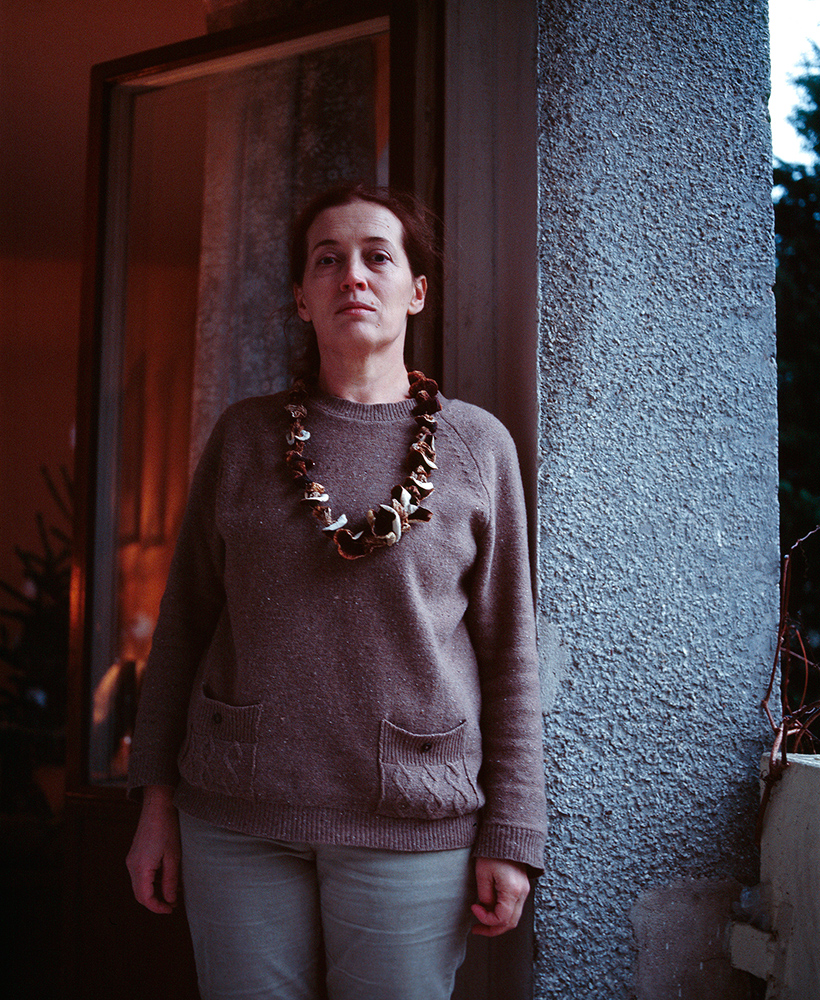
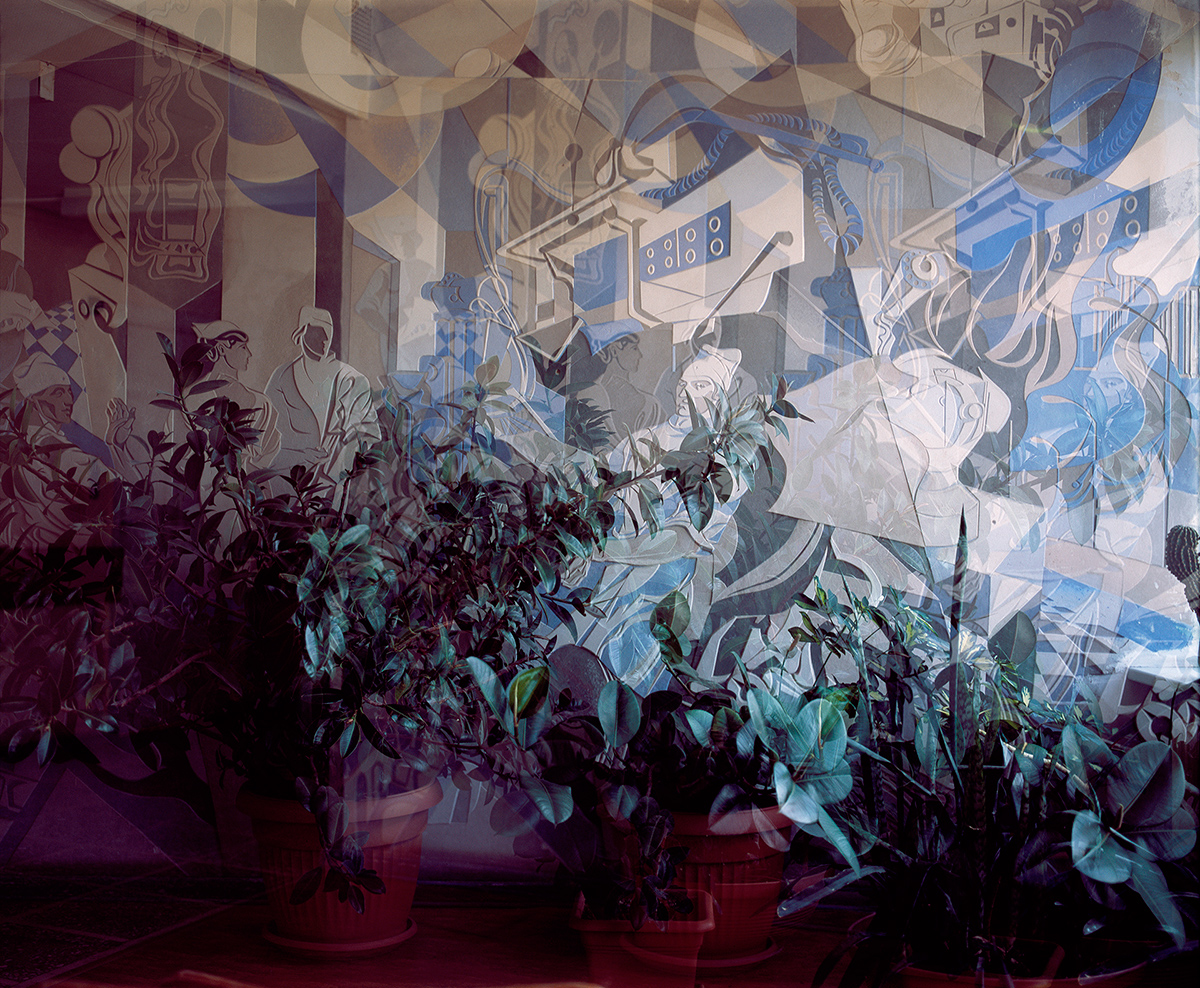
Amber Room was born out of a nostalgic condition. Directly related to me living away from my home in Vilnius, it was a visual exercise in longing at first. I have always been a nostalgic person: I remember well being a student back home and longing for the Vilnius of my parents’ youth, the stories of the bohemian life they led, the special aura of the university, rough and arty districts of the city they used to hang out in. Later came the longing for my grandmother’s Wilno — she was born in Polish Vilnius. She was, and still is, my very strong link to the interwar era, Polish culture and specifics of the period. I was longing for things I had never experienced before.
This made me interested in the condition of nostalgia from new perspectives: psychological and sociological. Research made it all clearer: I discovered nostalgia to be a coping mechanism at times of uncertainty or big change. That is why we get big bouts of collective nostalgia during political and economic shifts.
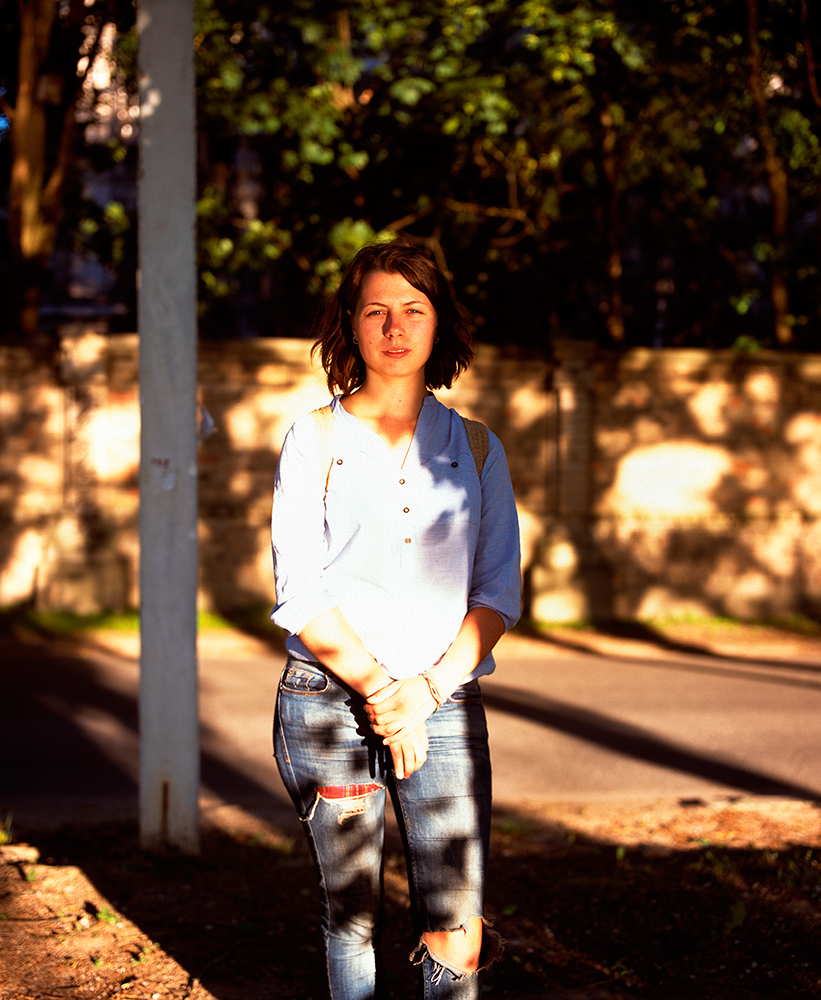
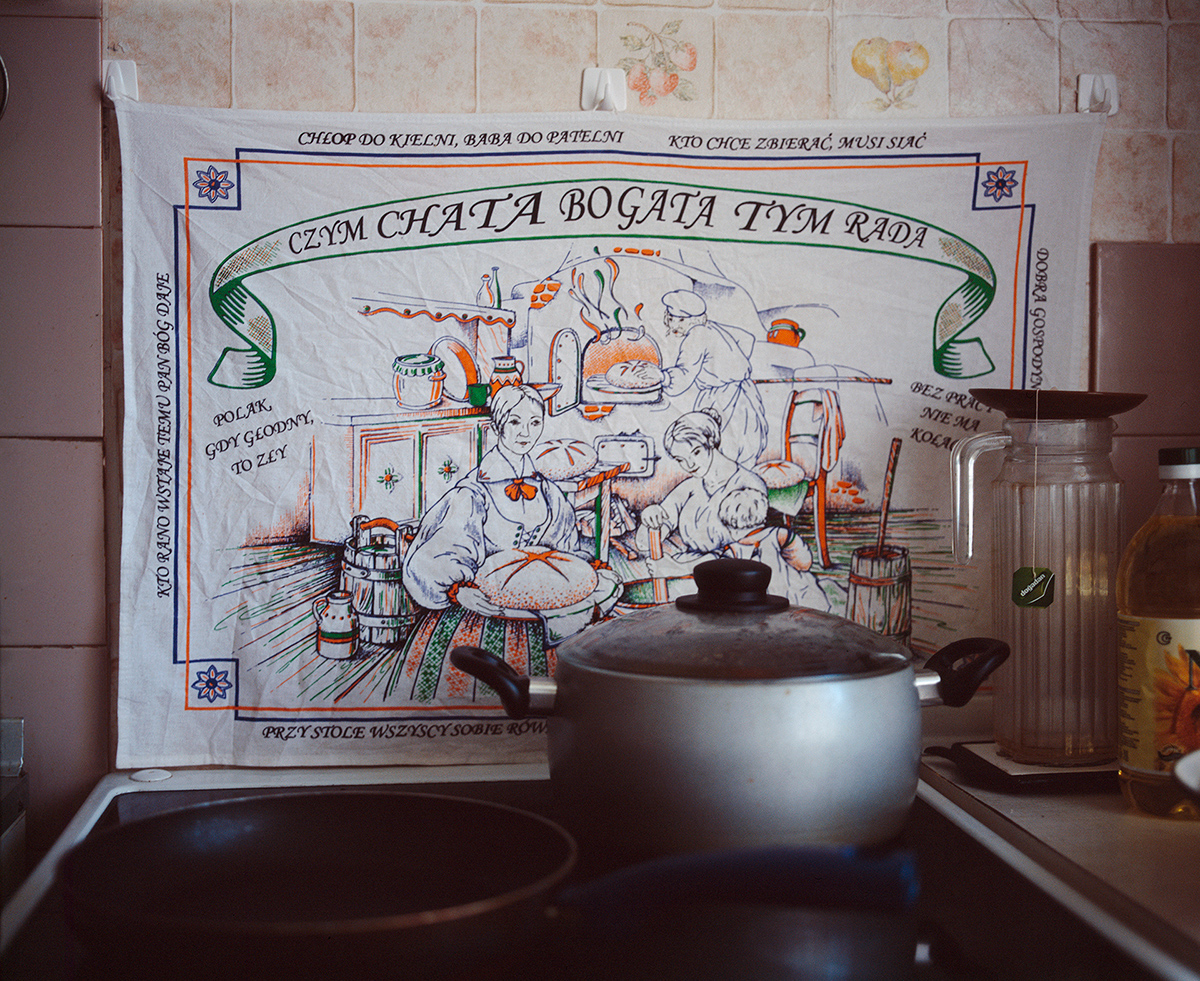
This may also help understand our generation of photographers. We observe life change very quickly, from the impact of technology to political swings. The speed makes us want to slow down, possibly turn to something that we perceive as timeless, or secure. By figuring out where we come from we can choose our further direction. Nostalgia is often associated with stagnation, fear of change and reactionary movement, however, if thorough reflection and analysis is applied, it becomes a very useful tool to make sense of the world. I cannot recommend enough looking into the writings of Svetlana Boym for a deeper understanding of the nostalgic condition.
The Amber Room series must have been the most difficult of my completed projects. It is a body of work that tries to sum up so much: migration, nostalgia, multiple identities, not belonging somewhere, idealizing, home, heart splitting sadness and loss. My works can talk to those who don’t share experiences with me, because I can offer them an authentic story about abstract concepts and collective conditions, yet from a very human experience. I wanted the viewer to enter into this condition when looking at the photographs, rather than try and offer a one sentence explanation what is in that picture or other.
My other work, In Silver, is a visual dialogue in between old family pictures made in the 1980s by my father and my photographic response from 30 years later. Mimicking my father’s approach I took pictures of casual happenings: friend gatherings, portraits, places I visited. I was working in the mode of a family album/ photographic diary and that allowed me to enjoy taking photographs of anything. The hard work came afterwards when editing and matching the pictures from two different timelines and worlds.
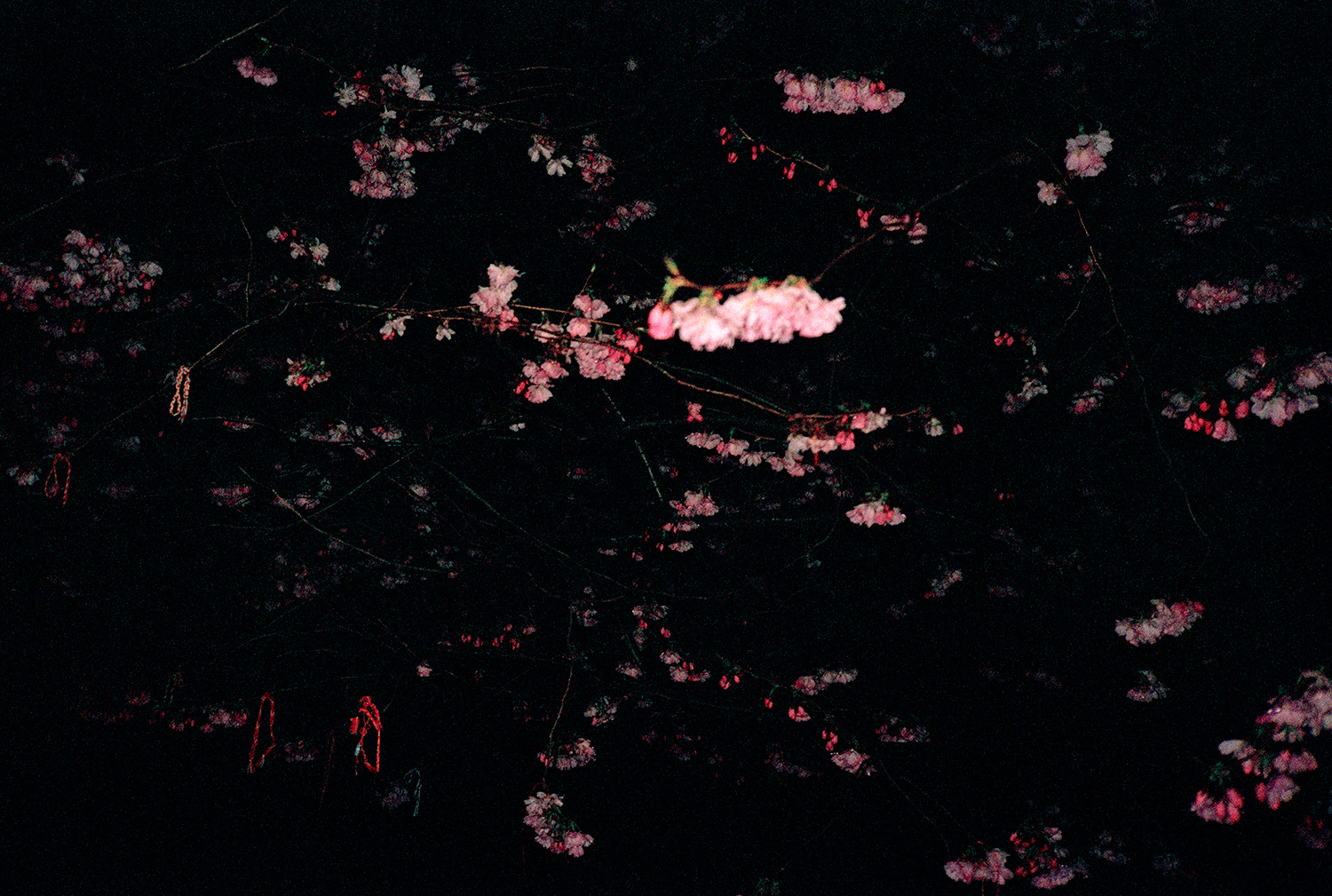
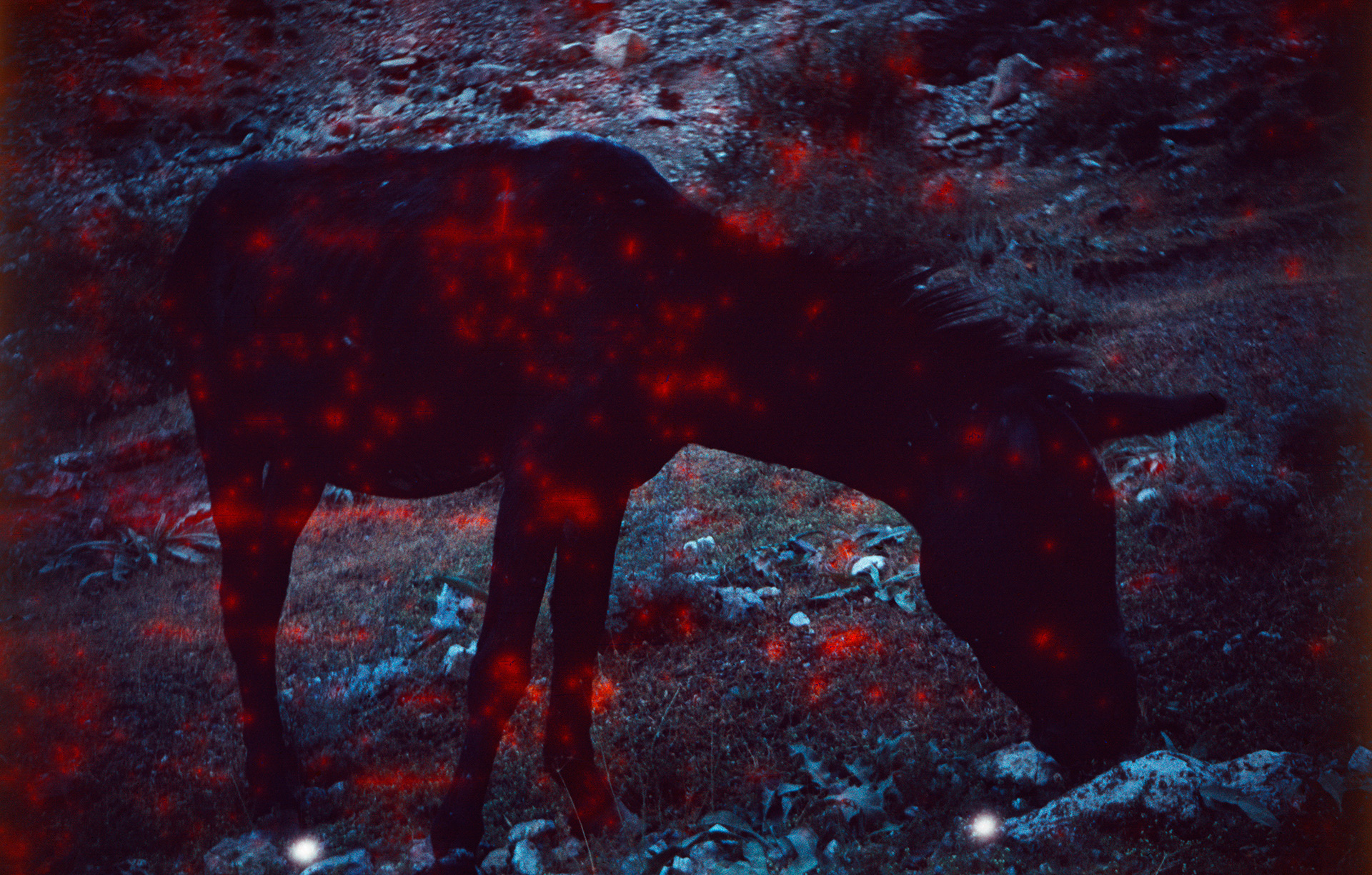
I think of myself as an artist more than a photographer, mainly due to using other mediums alongside the photographic image in my work. Photography is still faced with the expectation that no other medium has to endure. We still expect truth, as much as we search for beauty in the photographic image. These tendencies interested me when making Amber Room, and fueled some discussion in progress. I consciously made work that cannot be put into one sentence that states what, where, and when. If the viewer ‘cracks’ my picture right away, they will move on without stopping. For this very reason I do not offer captions, and only reveal some backstories when doing talks at exhibitions or artist lectures. To loosely quote Lithuanian art historian A.Andriuskevicius, it is traffic lights that have a clear message. I am not a traffic light.
